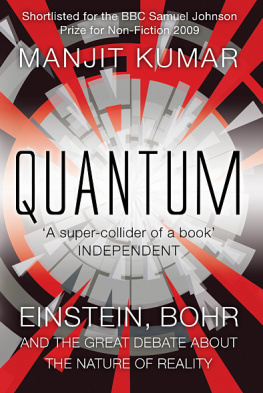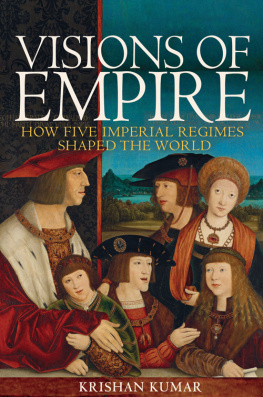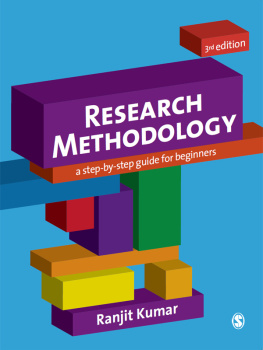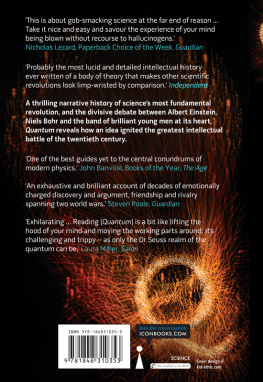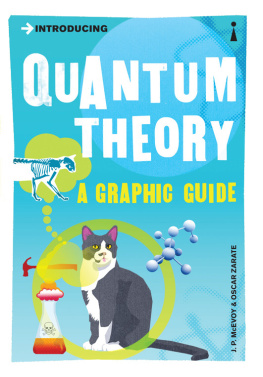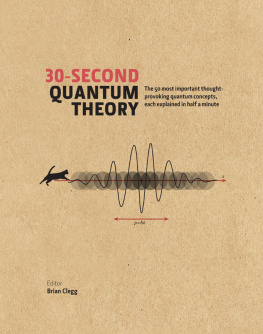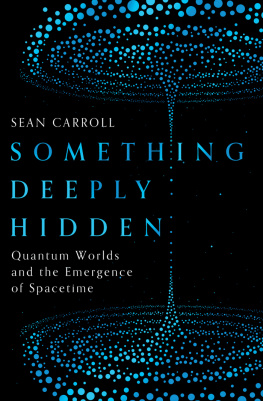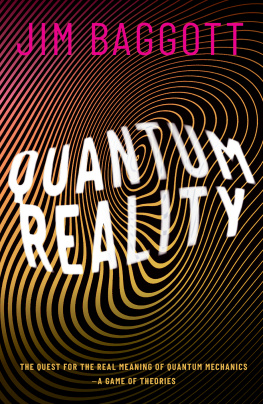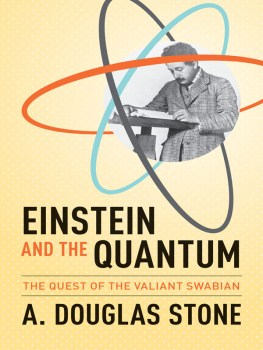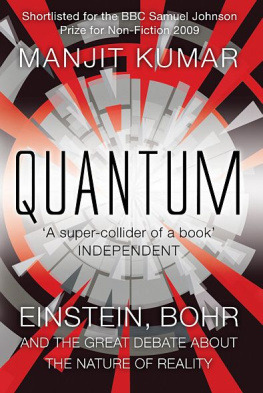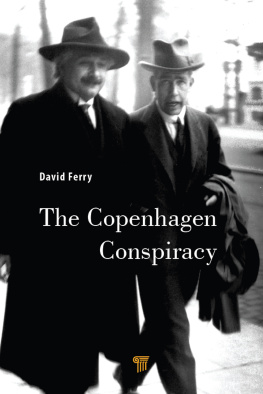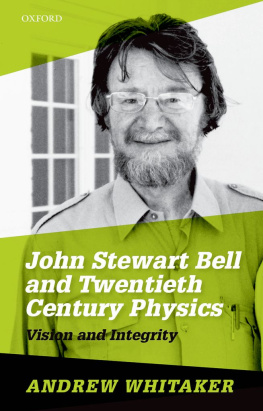QUANTUM
EINSTEIN, BOHR AND THE GREAT DEBATE ABOUT THE NATURE OF REALITY
MANJIT KUMAR

ICON BOOKS
Published in the UK in 2009 by
Icon Books Ltd, Omnibus Business Centre,
3941 North Road, London N7 9DP
email:
www.iconbooks.co.uk
Previously published in the UK in 2008 by Icon Books
This electronic edition published in 2009 by Icon Books
ISBN: 978-1-84831-103-9 (ePub format)
ISBN: 978-1-84831-104-6 (BBeB format)
ISBN: 978-1-84831-105-3 (Adobe ebook format)
Printed edition (ISBN: 978-1-84831-035-3)
Sold in the UK, Europe, South Africa and Asia
by Faber & Faber Ltd, Bloomsbury House,
7477 Great Russell Street,
London WC1B 3DA or their agents
Distributed in the UK, Europe, South Africa and Asia
by TBS Ltd, TBS Distribution Centre, Colchester Road,
Frating Green, Colchester CO7 7DW
This edition published in Australia in 2009
by Allen & Unwin Pty Ltd,
PO Box 8500, 83 Alexander Street,
Crows Nest, NSW 2065
Distributed in Canada by
Penguin Books Canada,
90 Eglinton Avenue East, Suite 700,
Toronto, Ontario M4P 2YE
Text copyright 2009 Manjit Kumar
The author has asserted his moral rights.
Line drawings by Nick Halliday
No part of this book may be reproduced in any form, or by any means, without prior permission in writing from the publisher.
Typeset in Minion by Marie Doherty
For
Lahmber Ram and Gurmit Kaur
Pandora, Ravinder, and Jasvinder
Contents
LIST OF ILLUSTRATIONS
IMAGES IN THE TEXT
Figure 1 | The characteristics of a wave |
Figure 2 | Distribution of blackbody radiation showing Wien's displacement law |
Figure 3 | The photoelectric effect |
Figure 4 | Young's two-slits experiment |
Figure 5 | The periodic table |
Figure 6 | Some of the stationary states and corresponding energy levels of the hydrogen atom |
Figure 7 | Energy levels, line spectra and quantum jumps |
Figure 8 | Electron orbits for n=3 and k=1, 2, 3 in the Bohr-Sommerfeld model of the hydrogen atom |
Figure 9 | Standing waves of a string tethered at both ends |
Figure 10 | Standing electron waves in the quantum atom |
Figure 11 | A wave packet formed from the superposition of a group of waves |
Figure 12 | Determining the position of a wave but not the wavelength; measuring the wavelength but not the position |
Figure 13 | Einstein's single-slit thought experiment |
Figure 14 | Bohr's rendition of Einstein's single-slit thought experiment |
Figure 15 | Einstein's two-slits thought experiment |
Figure 16 | Bohr's design of a moveable first screen |
Figure 17 | Two-slit experiment with both slits open and with one slit closed |
Figure 18 | Bohr's rendition of Einstein's 1930s light box |
About the author
Manjit Kumar has degrees in physics and philosophy. He was the founding editor of Prometheus, an interdisciplinary journal that covered the arts and sciences, described by one reviewer as 'perhaps the finest magazine that I've ever read'. He is the co-author of Science and the Retreat from Reason, which introduced key areas of modern science while defending the Enlightenment notions of social progress and scientific advance against the loss of faith in progress and science. Published in 1995, it was critically acclaimed as a 'corrective to the hype', 'thought-provoking', and 'undoubtedly one of the best introductions one can find to the crisis of confidence within science itself'. He has written and reviewed for various publications including The Guardian, the Times Literary Supplement, and the Irish Times, and is Consulting Science Editor at Wired. He lives in north London with his wife and two sons.
www.manjitkumar.com
Prologue
THE MEETING OF MINDS
Paul Ehrenfest was in tears. He had made his decision. Soon he would attend the week-long gathering where many of those responsible for the quantum revolution would try to understand the meaning of what they had wrought. There he would have to tell his old friend Albert Einstein that he had chosen to side with Niels Bohr. Ehrenfest, the 34-year-old Austrian professor of theoretical physics at Leiden University in Holland, was convinced that the atomic realm was as strange and ethereal as Bohr argued.
In a note to Einstein as they sat around the conference table, Ehrenfest scribbled: 'Don't laugh! There is a special section in purgatory for professors of quantum theory, where they will be obliged to listen to lectures on classical physics ten hours every day.' 'Who knows who would have the [last] laugh in a few years?' For him it was no laughing matter, for at stake was the very nature of reality and the soul of physics.
The photograph of those gathered at the fifth Solvay conference on 'Electrons and Photons', held in Brussels from 24 to 29 October 1927, encapsulates the story of the most dramatic period in the history of physics. With seventeen of the 29 invited eventually earning a Nobel Prize, the conference was one of the most spectacular meetings of minds ever held. unparalleled since the scientific revolution in the seventeenth century led by Galileo and Newton.
Paul Ehrenfest is standing, slightly hunched forward, in the back row, third from the left. There are nine seated in the front row. Eight men and one woman; six have Nobel Prizes in either physics or chemistry. The woman has two, one for physics awarded in 1903 and another for chemistry in 1911. Her name: Marie Curie. In the centre, the place of honour, sits another Nobel laureate, the most celebrated scientist since the age of Newton: Albert Einstein. Looking straight ahead, gripping the chair with his right hand, he seems ill at ease. Is it the winged collar and tie that are causing him discomfort, or what he has heard during the preceding week? At the end of the second row, on the right, is Niels Bohr, looking relaxed with a half-whimsical smile. It had been a good conference for him. Nevertheless, Bohr would be returning to Denmark disappointed that he had failed to convince Einstein to adopt his 'Copenhagen interpretation' of what quantum mechanics revealed about the nature of reality.
Instead of yielding, Einstein had spent the week attempting to show that quantum mechanics was inconsistent, that Bohr's Copenhagen interpretation was flawed. Einstein said years later that 'this theory reminds me a little of the system of delusions of an exceedingly intelligent paranoic, concocted of incoherent elements of thoughts'.
It was Max Planck, sitting on Marie Curie's right, holding his hat and cigar, who discovered the quantum. In 1900 he was forced to accept that the energy of light and all other forms of electromagnetic radiation could only be emitted or absorbed by matter in bits, bundled up in various sizes. 'Quantum' was the name Planck gave to an individual packet of energy, with 'quanta' being the plural. The quantum of energy was a radical break with the long-established idea that energy was emitted or absorbed continuously, like water flowing from a tap. In the everyday world of the macroscopic where the physics of Newton ruled supreme, water could drip from a tap, but energy was not exchanged in droplets of varying size. However, the atomic and subatomic level of reality was the domain of the quantum.

